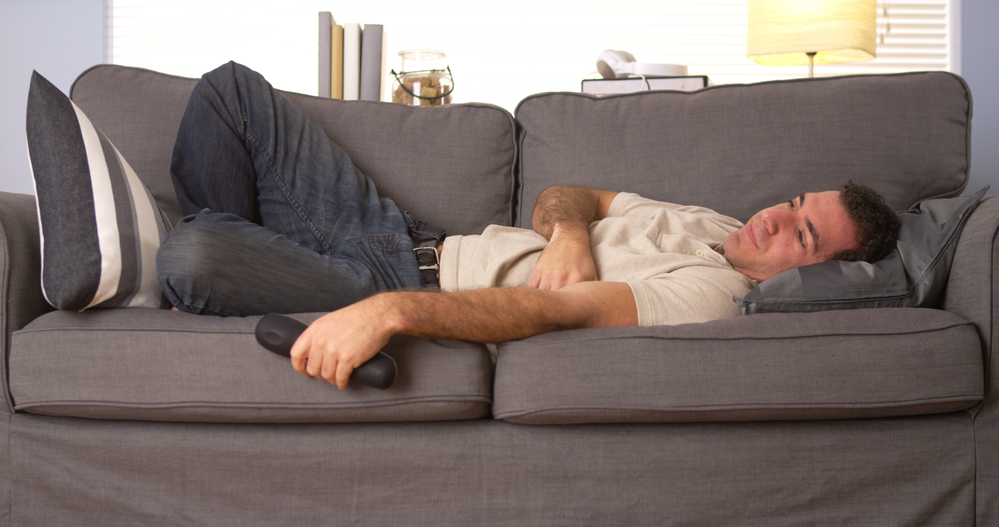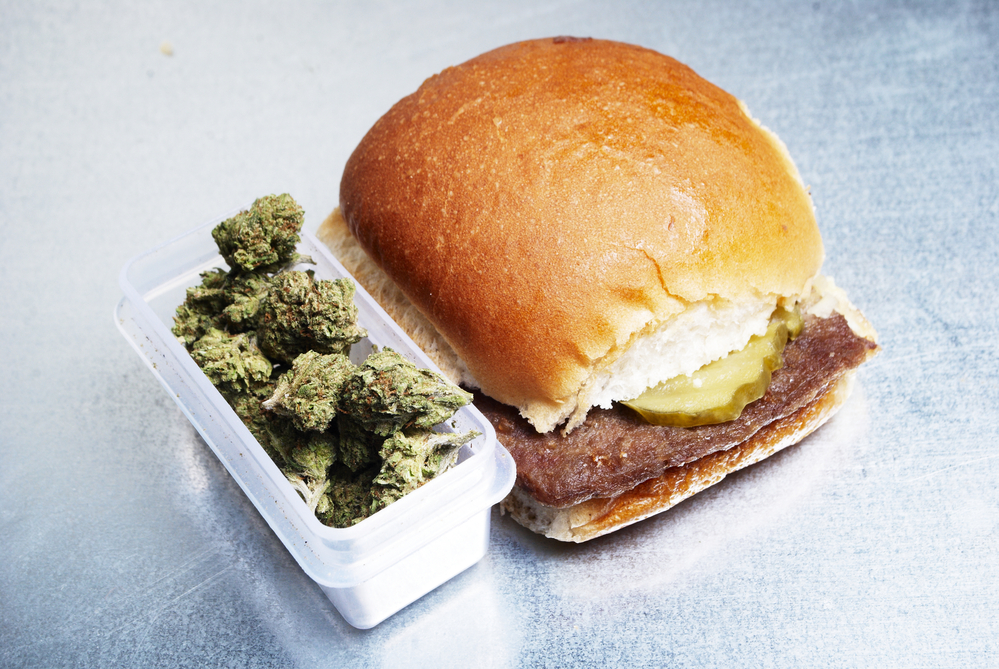
Trying to live a healthier lifestyle? Most of us are working hard to strengthen our immune system defenses, especially during the pandemic. And that means eating a balanced diet, staying fit, and managing a healthy weight. That is a lot harder if you are someone living with chronic pain.
If you have been using cannabis medicinally for a long time, you may have a sense of the strains that are most likely to give you the munchies. And avoid them if you are trying to cut back on your calories. Some strains can definitely send you straight to the kitchen looking for anything from a bowl of cereal to a bag of chips.
Have you found that cannabis complicates your diet and weight loss goals? Many people struggle because they want to use cannabis to address pain, anxiety, and more. But using medical marijuana every evening can also lead to weight gain. The munchies are real.
Maintaining healthy body weight is hard for most people. For all of us, with few exceptions. And the pandemic is making things worse. The social distancing combined with as many as 41% of Americans now working from home spells trouble for our fitness. We’re more sedentary than we have ever been before.
According to a 2020 study conducted by the Centers for Disease Control and Prevention (CDC), how active you are depends on where you live. The new maps of physical activity levels across the U.S. were created from the Behavioral Risk Factor Surveillance System (BRFSS).
The states where 30% or more adults admitted to sedentary lifestyle in the survey were:
There were thirteen (13) other states that had a 25% to 30% level of sedentary lifestyle. Those states included Texas, Kansas, Missouri, Georgia, Florida, Michigan, New Jersey, and New York. The states with the highest fitness and activity levels included Oregon, Washington, Utah, Colorado, and Washington D.C.
New data also shows that ethnicity can be correlated in some cases, with higher levels of inactivity. Hispanic adults were the most inactive (31.7%), followed by non-Hispanic persons of color (30.3%).
Currently, in the United States, more than 40% of the population is clinically overweight or obese. According to the non-profit group “Trust for America’s Health,” black Americans have a 49.6% rate of obesity. Latinx adults have a rate of 44.8% obesity, and white adults weigh in at 42.2%. Asian adults living in the United States had the lowest rate of obesity, at 17.4%.
A report published in the British Journal of Sports Medicine (2020) stated that even 40 minutes of ‘vigorous-intensity physical activity daily isn’t enough to offset the health risks of sedentary time. So, if you have ever heard someone say, “abs are made in the kitchen, not the gym’ there is a lot of truth to that. Being active makes us healthier, but maintaining a healthy body weight really does rely on choices we make every day, from hand to mouth.
And that means if you have a medical card and use cannabis, you have to develop some strategies to combat the munchies. If you have been exercising and eating well all day, your smoke session should not undo all that effort. Or lead to weight gain caused by the munchies.
Not everyone who gains weight or struggles with healthy weight management eats to excess. For some people who have chronic pain, mobility is a significant problem. It hurts to move. They may have limited ability to bend, walk or lift because of an injury. In 2021, it is estimated that 20% of U.S. adults live with chronic pain.

There is a correlation between chronic pain and weight gain. When someone has to live with pain and discomfort on a daily basis, it reduces their physical activity. Certain exercises may not even be possible, depending on where the pain is located. But there are many other factors that contribute to obesity for people who have chronic pain.
After a long day of coping with pain symptoms, you go to bed. But you know that you are going to wake up to another day of pain in the morning? That is the reality that patients with chronic pain live with. And over time, it can impact mood too. And create transient (frequent) feelings of depression and anxiety.
Patients with chronic pain have to take many steps throughout the day to manage it. That means taking medication, sometimes stretches, applying heat or ice packs, and trying to find a position that is comfortable. This constant need to monitor and address pain is exhausting. And can also impact sleep.
Eating healthy means preparing your own food and snacks. But some people with chronic pain can find doing that food preparation difficult. Rather than exacerbate their pain symptoms, they may settle for easy (and unhealthy) snacks instead. Or resort to fast food more often because it is more convenient.
Certain types of convenience or fast foods are high in omega-6 polyunsaturated fatty acids (PUFAs). That includes foods like sandwich meat, fast food (drive-thru), and processed snacks. The PUFAs increase the risk of chronic pain for people who have existing chronic health conditions like obesity and diabetes.
Did you know that one of the most common reasons that people take pain medications is to have an uninterrupted night of sleep? During the day, there are many different ways people can cope with pain. But at night, those symptoms of pain disrupt sleep.
Pain-induced insomnia happens because symptoms make it difficult to fall asleep. And when patients with chronic pain do manage to fall asleep? They are often awakened by the pain symptoms throughout the night. This disrupts healthy sleep. And it can also trigger the body to snack more (particularly on high carbohydrate foods) to boost energy levels.
For some patients, the level of daily chronic pain is so severe that they cannot be employed. They are unable to stand or sit, and focusing on a task when you are experiencing pain is really hard. For that reason, some people with severe chronic pain have to leave the workforce and may be on a very restricted income through assisted living.
Eating healthy isn’t cheap. And while fruits and vegetables remain accessible, things like healthy proteins and nutrient-rich foods in the grocery store are expensive. Trying to make a food budget stretch on a fixed income can mean choosing less healthy processed foods more often.
Like any other war, it takes a plan. If you have been using medical cannabis and you find that your weight is slowly creeping up, there are many things you can do to win the ‘battle of the bulge,’ not for esthetics, but for your health.
Many clinical studies show that chronic pain symptoms get worse for patients who are overweight. So losing weight, and then maintaining healthy body weight is one way that patients can reduce symptoms of chronic pain. And while cannabis helps many patients by reducing or eliminating pain and inflammation, it can also stimulate appetite. Oh, those midnight munchies…

One of the best things you can do to help reduce your symptoms of chronic pain is to reduce your body weight. Here are few suggestions and lifestyle changes you can try:
Another strategy to train yourself away from eating if cannabis stimulates your appetite? Your television. Before you smoke, turn something on the TV that you are interested in watching. Then inhale, sit back and become engrossed in the movie or show.
Just don’t grab the remote and change the channel to The Food Network. Or any Anthony Bourdain reruns.
No Information on MarijuanaDoctors.Com should be used to diagnose, treat, prevent or cure any disease or condition. You can view our Full Disclaimer here.